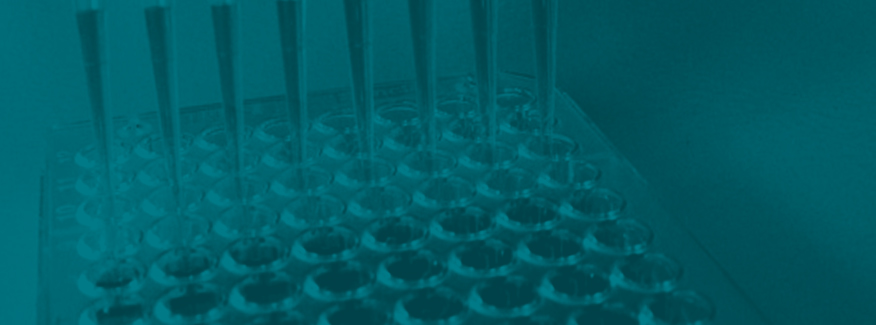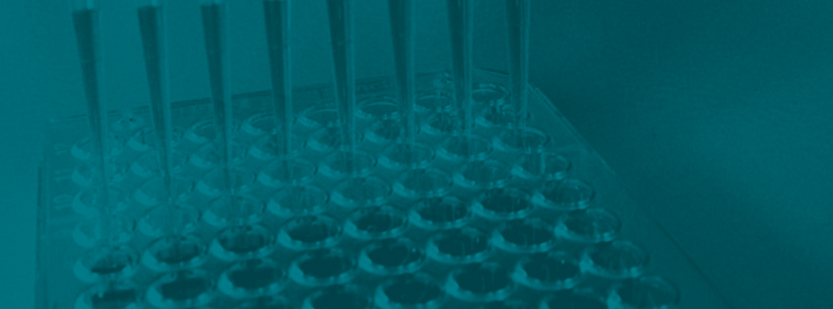The four research areas in CIBSS bring together scientists from different disciplines who take complementary approaches to signalling research. In addition to these research areas, CIBSS has identified four cross-sectional topics (CSTs) where Freiburg has a critical combined expertise, and where an integrative approach has great potential to deliver breakthroughs and innovation:


Cross-Sectional Topics
CROSS-SECTIONAL TOPICS
CST Mito-Hub: Mitochondria as integrative signalling hubs of the cellCST Signalling in Organogenesis: Signalling processes of development and regeneration
CST Signalling Roots: Signalling from plant roots to shoots
CST Integrative Immune Signalling: How immune cells integrate signals to distinguish between friend and foe

CST Mito-Hub
Mitochondria as integrative signalling hubs of the cell
Mitochondria are perhaps best known as the powerhouses of cells – they produce the energy that cells need to survive and functions. They are also important sites of cellular metabolism, where nutrients are broken down and where cellular building blocks are made. What has become apparent in recent years is that mitochondria are also a central hub in communication processes within the cell.
They integrate signals from outside and inside cells with cellular metabolism, thereby coordinating these processes and shaping the fate and function of the cell accordingly. There can be serious consequences when communication processes at these mitochondrial signalling hubs break down – immune cells can lose their ability to fight cancer, for instance.
Our Research
In CIBSS-A, we investigate 1) how the dynamic states of multi-protein assemblies control and coordinate protein biogenesis and mitochondrial function with cellular signalling and 2) how mitochondrial and nuclear gene expression programmes are coordinated, including the role of proteins that are targeted to both organelles. Such research profits from CIBSS-C, which provides tools to interrogate and control the dynamics and specificity of signalling. CIBSS-B, generates new insight on how mitochondrial signalling is mutually coordinated with metabolism and these processes shape tissue development and repair.
In CIBSS-D, functional proteomics studies will define the composition, dynamics and posttranslational modifications of mitochondrial protein assemblies that govern mitochondrial morphology, organization, and protein import/export. CIBSS-D will also determine how signalling pathways shape the mitochondrial proteome, and also how stress signals from the mitochondria (reactive oxygen species – ROS) act on signalling factors in the cell.
CST Signalling in Organogenesis
Signalling processes of development and regeneration
In order for organs to serve their function in the body, patterns and organized structures with the tissue must be carefully formed and maintained. This requires constant communication and coordination both between and within cells. Stem cells must process these signals correctly in order to know when to rest, when to multiply, and when to differentiate to generate or replenish cells in the tissue.
Other cells in the tissue must also react appropriately to diverse conditions and cues to precisely align their activity with that of neighboring and distant cells. When this communication and choreography falls apart, developmental defects, organ dysfunction or failure, and cancer can result.
Our Research
In CIBSS-A, we decipher 1) how dynamic signalling assemblies perceive information from the tissue environment, 2) how they relay these signals to the transcriptional regulatory complexes in the nucleus to determine cell fate and activity in the tissue. CIBSS-B focuses on how signalling governs the organisation of the stem cell niche and the patterning of epithelia, as well as formation of organs and their repair and regeneration after injury.
Precise synthetic tools generated in CIBSS-C are applied to interrogate how dynamic molecular signals are propagated and integrated into multicellular patterning. In CIBSS-D, advanced imaging combined with deep learning analysis and mathematical modelling yield unprecedented insight into how signaling processes occurring at different scale control stem cell dormancy, activation, expansion and differentiation in the context of intact organs.
CST Signalling Roots
Signalling from plant roots to shoots
Unlike animals that can move to find what they need, plants have to make the most of their immediate surroundings. Therefore, they must be exquisitely attuned to signals in their environment. This also holds true for roots, which sense the availability of water and nutrients, as well as the presence of symbiotic or pathogenic microbes in the soil.
These signals must be integrated with the overall nutritional status, which ultimately steers plant growth and development, including specific organogenesis programs on root organ level. In case of root symbioses, these developmental cues need to be aligned with the perception of microbial signals and organ-wide signalling events to allow symbiotic infections of specialised root cells.
Our Research
In CIBSS-A, we dissect the dynamics of the signalling complexes in the root cells that sense soil factors such as symbiotic and pathogenic bacteria In CIBSS-B, the integration of signals in roots and their propagation to shoots is explored.
In CIBSS-D, advanced imaging techniques provide insight into nanodomains in the roots of legume plants. These root structures ultimately govern interactions with symbiotic soil bacteria and ultimately, the formation of nitrogen-fixing root nodules that can enable plants to grow without fertiliser.
The integrative understanding of signalling mechanisms in plants provides the basis for transferring beneficial traits to crop plants in CIBSS-C, with the aim of engineering signalling modules in crops that enhance resilience and reduce dependence on industrial fertilisers.
CST Integrative Immune Signalling
How immune cells integrate signals to distinguish between friend and foe
Immune cells are mobile and therefore face the unique challenge of constant exposure to new signals from ever-changing surroundings. Equally remarkable is the polarity of responses of which a single immune cell is capable: stay put or migrate, attack or tolerate, live or die.
To respond appropriately and to distinguish between harmless and harmful, immune cells must integrate and contextualize signals from their environment. And the stakes are high. Failure to attack pathogens or cancer cells can result in the spread of infection or cancer. Responses that are too strong or misdirected against the body’s own cells can result in inflammation or autoimmunity.
Our Research
In CIBSS A, we study how the dynamics of immune receptor assembly and clustering, as well as the integration of signals from inhibitory receptors, translates to the organismal level in the formation of both acute and long-lasting immune responses. CIBSS-B investigates the multifaceted role of metabolism in the function of immune cells. Here the central question addressed is how metabolic processes and metabolites control signal transduction and gene expression to actively shape immune cell function and fate.
In CIBSS-D, high-resolution mass spectrometry will be applied to address proteome-wide changes after activation of immune signalling pathways. In CIBSS-C, we develop precision control-of-function technologies that are applied to better understand signalling dynamics of immune cell receptors. Furthermore, we harness new knowledge about immune receptor signalling to engineer improved cancer immunotherapies.



